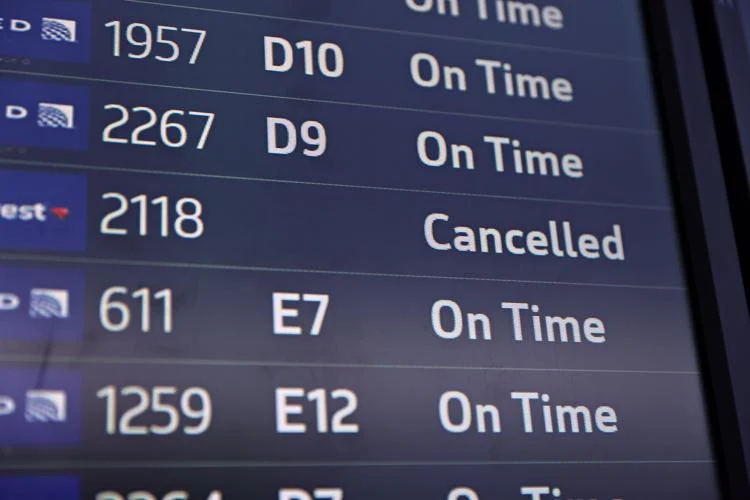A fragile calm has settled across parts of the Middle East since the dramatic strikes this summer that the White House hailed as having “obliterated” Iran’s enrichment capacity. But beneath the rhetoric and the rubble, a more worrying reality is taking shape: with diplomacy stalled, inspections limited and Iran quietly repairing and relocating key elements of its nuclear program, many regional officials and analysts now say a renewed Israel–Iran confrontation is increasingly likely, and perhaps inevitable.
The 2015 nuclear agreement that once constrained Tehran’s program formally lapsed last month. With the accord gone, U.S. sanctions re-imposed and direct negotiations effectively dead, the mechanisms that previously created even a thin layer of transparency have vanished. Tehran rejects U.S. demands for a full halt to enrichment; Washington rejects Iran’s insistence on guarantees against future military strikes and compensation for wartime damage. That stalemate leaves the region without credible, mutual paths back to talks.
A central unknown is the fate and whereabouts of Iran’s enriched uranium. IAEA Director General Rafael Grossi has warned that roughly 400 kilograms of uranium enriched to about 60 percent — dangerously close to weapons-grade thresholds if further processed — likely survived the summer strikes, but that its exact status cannot be confirmed without inspections. That ambiguity is the strategic tinder: neither side can be sure what the other can or will do next.
At the same time, satellite imagery and independent analysts show continued work at deeply buried facilities near Natanz — a site commonly referred to as “Pickaxe Mountain” — where Tehran appears to be reinforcing tunnels and underground chambers that could one day host enrichment or storage. The secrecy and depth of those projects complicate any rapid verification and raise Israel’s fear that Iran could, in time, reconstitute a capacity hard to defeat from the air.
Israeli leaders long have treated an Iranian nuclear breakout as an existential risk; that posture has not changed. Many in Jerusalem reportedly view the strikes this summer as an interruption, not a resolution, and have signaled readiness to resume lethal pressure if Iran crosses a line. On the Iranian side, analysts say defense industries and missile factories are ramping up to deter or retaliate — a posture officials privately characterize as preparation for what they see as an almost certain future round of fighting. Ali Vaez, who directs the Iran program at the International Crisis Group, has warned Tehran is preparing to hit back far harder if struck again.
That mutual readiness creates a grim dynamic: Israel may strike to remove what it perceives as a growing threat; Iran may respond with a far larger missile and proxy campaign than seen before, intending to overwhelm defenses and punish Israel’s capacity to operate freely across the region.
Gulf Arab states and other regional powers occupy an uncomfortable middle ground. Publicly they want to avoid a new regional war and some are quietly pushing for diplomacy to resume. Privately, however, many have deepened security ties with Washington and sought guarantees to offset Iranian influence. Some Gulf capitals see Iran’s relative weakness as an opening to extract concessions on proxy activity — but also fear that a cornered, desperate Tehran could lash out in destabilizing ways.
Inside Iran there is no consensus. Hard-liners argue confrontation is the only path to preserve sovereignty and deterrence; pragmatists warn that economic collapse and political pressure make open conflict dangerous. Yet both camps, according to analysts, share a bleak expectation: that sooner or later they will be forced into a new round with Israel. That shared fatalism is driving Tehran to accelerate preparations — a decision that, paradoxically, raises the likelihood of the very escalation it fears.
It is important to distinguish forecasting from prophecy. No public intelligence or statement — including from the IAEA — says an attack is imminent on a specific day. But the convergence of several facts makes renewed war more likely than it would have been under the old diplomatic architecture: (1) the collapse of the JCPOA framework that provided oversight and time, (2) continuing uncertainty about Iran’s enriched-uranium stocks, (3) construction at hardened underground sites, and (4) mutual political incentives for leaders on both sides to act decisively rather than appear weak. Taken together, those elements shift the odds toward another confrontation.
A credible, verifiable diplomatic channel — one that includes inspections, clear sequencing of concessions, and meaningful security assurances — could reduce tensions. So far, neither Washington nor Tehran has signaled willingness to meet those thresholds. Regional diplomacy might buy time, but Gulf states have limited leverage to force either party’s hand. In the absence of those ingredients, military logic and the pressure to act (particularly from domestic political constituencies that demand decisive leadership) will keep the prospect of renewed fighting uncomfortably close.
If another round comes, analysts fear it will be broader and bloodier than the June exchanges. Tehran appears intent on expanding its missile and proxy capabilities to achieve strategic depth and complicate any future Israeli campaign. Israel and its partners will face hard choices: accept a higher Iranian threshold for weapons capability, tolerate continued clandestine enrichment, or again use force with all the attendant regional risks. For now, the region waits on a dangerous seam of uncertainty — and many officials now speak with the resigned certainty that further confrontation is not a possibility to be wished away, but a contingency to be planned for.
(YWN World Headquarters – NYC)











